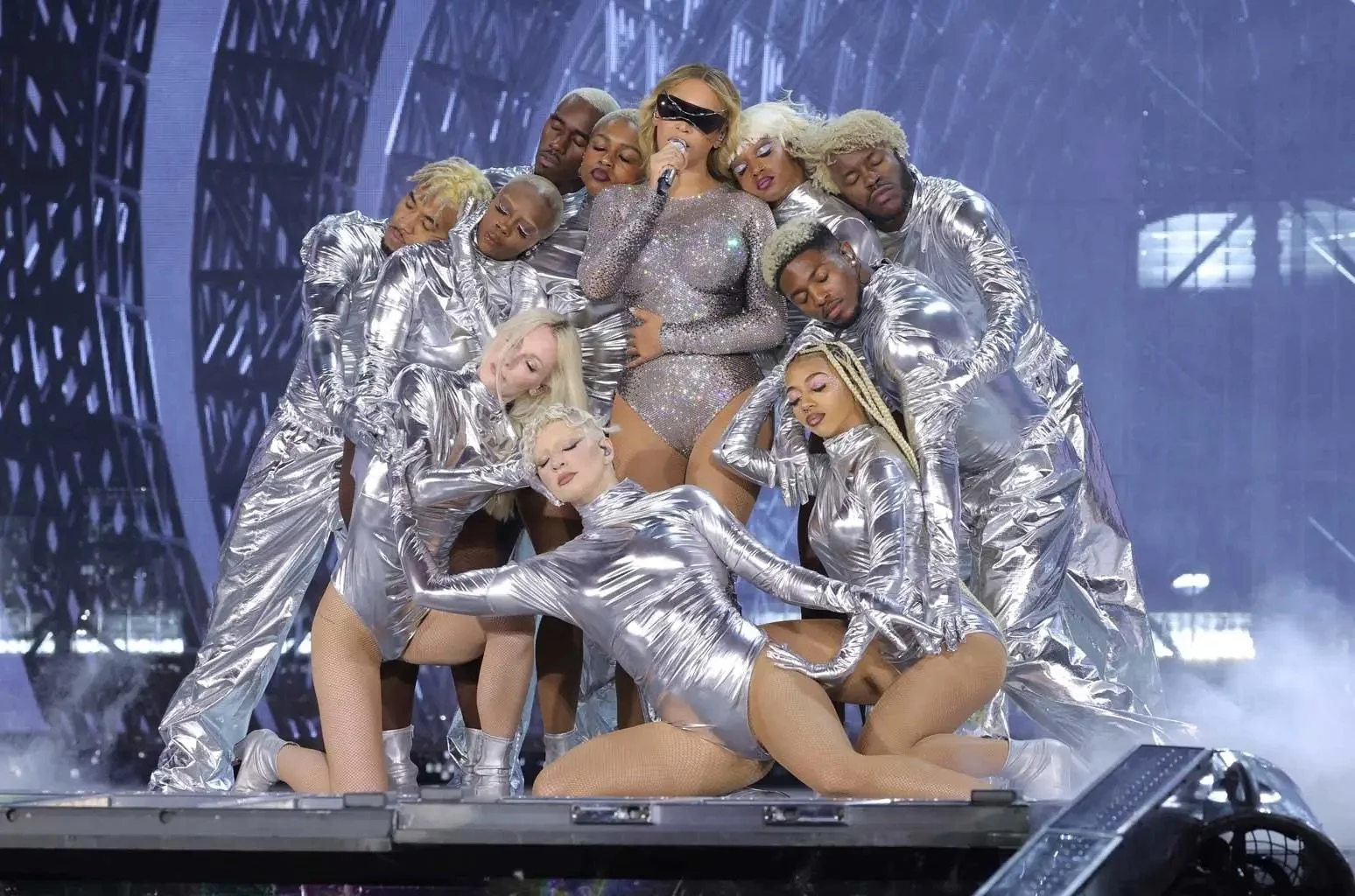Beyond the Album Cover: Era-Based Branding in the Music Industry
From Beyoncé’s chrome-clad Renaissance era and the Brat green craze to nearly a dozen different aesthetics at Taylor Swift’s Eras Tour—marketing albums today is about more than just the music. In a time where attention spans are fleeting and fan engagement is everything, musicians are building entire worlds around their albums. These “eras” go beyond sound—they’re brand identities that fans can immerse themselves in.
From Beyoncé’s chrome-clad Renaissance era and the Brat green craze to nearly a dozen different aesthetics at Taylor Swift’s Eras Tour—marketing albums today is about more than just the music. In a time where attention spans are fleeting and fan engagement is everything, musicians are building entire worlds around their albums. These “eras” go beyond sound—they’re brand identities that fans can immerse themselves in.
Ariana Grande is a prime example. Her Dangerous Woman era featured latex bunny masks, powerhouse vocals, and a sultry, confident persona. That album was followed by Sweetener, which introduced pastel-toned, dreamy visuals, and a more optimistic tone. Just six months later, she dropped thank u, next—an era complete with Y2K nostalgia, scrapbook aesthetics, and emotionally raw storytelling. Most recently, her album eternal sunshine drew inspiration from the film Eternal Sunshine of the Spotless Mind, weaving in themes of memory erasure and heartbreak with bold red visuals. The deluxe version took a different turn, embracing blues and whites to shift the mood. Even within the same album cycle, we see how era branding can evolve and build on an existing story.
Beyoncé is another artist who elevates every album into an experience. Renaissance dominated 2023 with its disco-house revival sound and futuristic chrome visuals. The tour looked like a sea of silver, as fans dressed in metallics to match the vibe. Her most recent release, Cowboy Carter, marked a dramatic shift, embracing Western aesthetics, fringe, and cowboy boots in a bold reclamation of country music. Each project is more than an album, it’s a cultural moment.
Then there’s Taylor Swift, whose Eras Tour is essentially a masterclass in era-based branding. Each album in her discography has a clearly defined personality—from the whimsical fairy-tale feel of Speak Now to the moody cottagecore landscape of folklore. Her tour showcases each era with different costuming, visuals, and set designs, inviting fans to relive and connect with each album. Many fans took initiative, dressing up in homage to their favorite eras and participating in various concert traditions, turning the event into a community celebration and hotspot for viral content.
Era-based branding works because it gives fans more than just music. It offers them a story to resonate with, a mood to live in, and visuals to replicate. It also creates a strong, memorable visual identity for each album, helping it stand out in a saturated landscape and among the artist’s discography.
But more than that, it drives fan engagement. Fans don’t just listen—they dress the part, create content around the aesthetic, and fuel the conversation online. Era-based branding fosters a sense of community, while also tapping into the exclusivity of being part of a short-lived cultural moment. When fans feel they are part of something bigger, their bond with the artist and the brand deepens.
Era-based branding turns albums into immersive experiences and musicians into world-builders. It extends an album’s lifespan far past the release day, keeping fans invested and reeling in anticipation for more. In a fast-moving music landscape, maintaining relevance and building a sense of belonging helps musicians connect with fans long after an album is released, creating an impact that goes beyond the music.
-Simona Girdvainyte-




